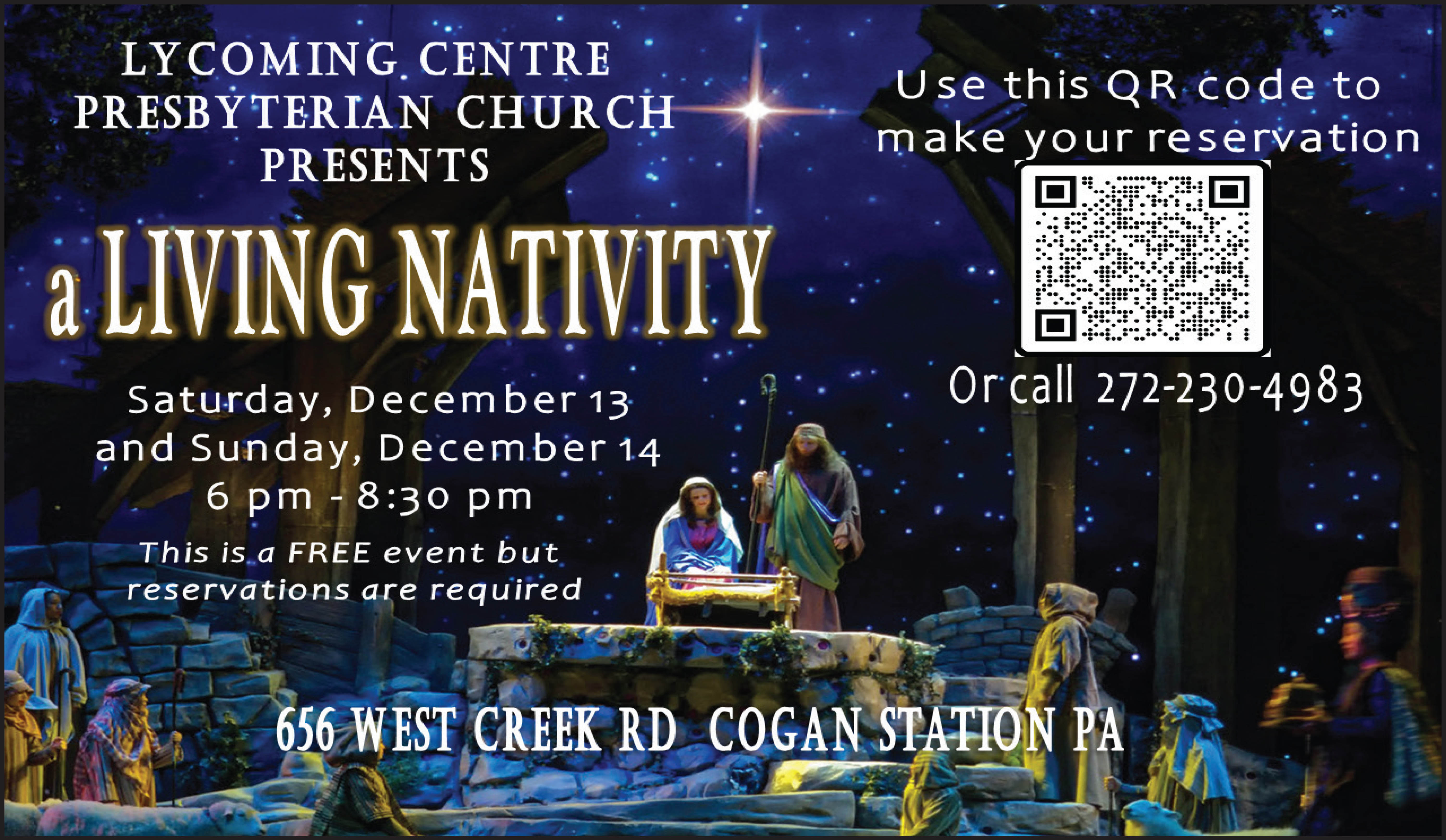As you head to the woods in pursuit of a spring gobbler, there are a few things you should give some thought to. The majority of those who get up every morning well before daylight, trudge deep into the woods ahead of the sunrise, and sometimes spend countless hours in pursuit of this magnificent bird often refer to a spring gobbler as the “King of the Game Birds.” It truly is a stunning sight when a mature gobbler is all fanned out and strutting for a nearby hen while the early morning sunlight dances off the iridescent colored feathers that cover his body. Add to that the flashes of red and white that he displays on his head, neck, and waddles, and it is one of the most beautiful images in nature. To take a bird like that is truly to take a genuine trophy.
You should give some thought as to how you might preserve the memory.
If you are fortunate enough to take a mature gobbler this spring, what will you do with it? If you are considering having an area taxidermist do some type of mount to commemorate the hunt, there are several choices that a good taxidermist can offer. There is a full mount, usually done in the position of the bird strutting, which highlights all of his colors and the uniqueness of the display that he puts on for his hens. A breast mount is a nice wall display and includes the head, breast, and beard — with the tail all fanned out behind the breast and head. Another option is to mount just the fanned-out tail along with the beard. It really comes down to your budget and how you want to show the mount or where you might have room enough to properly showcase the display.
If there is even a remote chance that you might want to have a mount done, then special care must be taken in the field once the bird is down to ensure a great-looking mount.
Carrying a turkey in the woods — particularly a big gobbler — can be awkward, and frequently if you have a long hike to your destination, numerous feathers can be lost, ruffled, or broken, making the work difficult for even the best taxidermist. The answer to this dilemma is pantyhose. Yes, you read that right — pantyhose. Merely slip the entire bird head first into one leg of the pantyhose. As the hose is pulled down over the entire bird, the feathers are laid back in place and remain in a stable undamaged condition until you get the bird to the taxidermist. Cooling down the carcass is important in preserving the bird for taxidermy work, so if you cannot get it to your taxidermist quickly, put it in the freezer until you can.
If a mount of some type is not in the cards, there are several other things you can do that are unique to a gobbler. The three wing bones in each wing can be removed, cleaned, and used to make a two-bone or a three-bone wing bone call. Once completed, you can inscribe the date and location of the kill on the call or decorate it with a painting of some kind. It will add to the magic of some future hunt if you are able to master the use of this call and actually call in and take another turkey using the call that you made from the wing bones of a gobbler that you had taken.
Spurs can be removed along with a section of the leg bone to which they are attached and then are often displayed on a necklace.
The tail can be kept intact and dried in a fully fanned-out position. It can then either be displayed or used as a real tail in a gobbler decoy that often is sold with a plastic or paper tail. The addition of your fanned-out tail instead of the artificial tail will add to a more realistic look on the decoy. These tail feathers can also be plucked individually and make a great “canvas” for painting wildlife scenes.
The wonderful sights and experiences that a spring gobbler hunter encounters are worthy of remembering and honoring. By using some of the body parts as described above, you will be able to preserve the memory of the sights and sounds and the thrill of a successful spring gobbler hunt.



